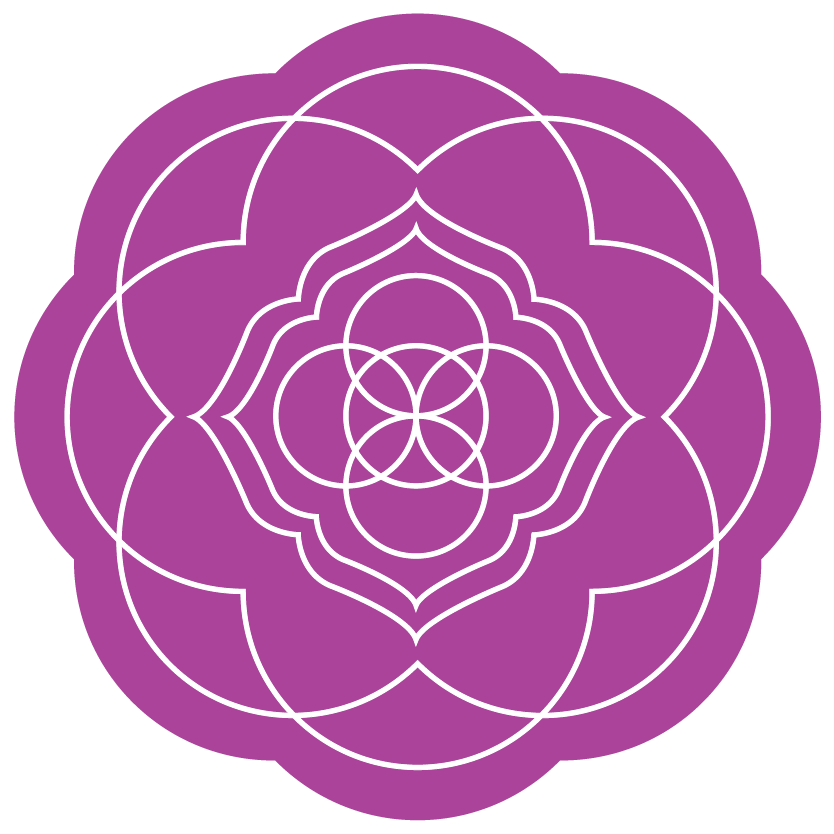Altered Books in Art Therapy
By Rebecca Vichi, MA, ATR-P
Introduction
Altered books are a form of mixed media artwork that change a book from its original form into something different by altering its appearance or meaning. This process transforms literary works and brings new narratives to its pages. Altered books, at their core, are about repurposing and reimagining and are a great tool to use in art therapy! In this post I will talk about altered books' purpose within art therapy and talk you through how to start your own.
Altered Books in Art Therapy
Altering a book is not just an act of creation, but a journey of discovery. There are several ways an altered book can be used throughout the therapeutic process. The first is as a form of narrative art therapy, providing a container to process emotions, trauma, and more. It can also be used to explore one particular theme, such as grief, eating disorders, depression, etc. They can also serve as a personal art journal. Each path has different benefits and one can immerse themselves in the book's themes, drawing inspiration from its passages and illustrations, leaving room for metaphors, transformation, and new possibilities.
Using an altered book for narrative therapy can lead to storytelling which creates a natural connection to the events in someone's life. This can provide someone the opportunity to explore their own trauma narrative and early recollections which can hopefully lead to meaning-making. This act of altering a book can also lead to empowerment, which is important when healing from trauma, because it can allow clients to take ownership of their narratives. They have the opportunity to manipulate the pages, change elements of the story, and take agency in a way that reflects their truth and aspirations. This can be done through blackout poetry, collage, cut outs, and more. The client also has the ability to glue pages together to represent different periods of time or start from the back rather than the beginning. There are endless possibilities for the client to start telling their own story through the use of an altered book, each way being meaningful.
The client can also choose to explore specific therapeutic topics or goals through the use of altered books. They can dedicate time to using the book to help them build self-esteem and explore body image (for example) by completing different directives with the therapist each week and keeping their artwork in the book. They can use it for journaling their feelings about the therapeutic topic being explored and as a tool to keep track of the things they have learned about themselves and this topic along the way. At the end of the session the client also has the ability to close the book up and contain their thoughts each week until they are in a safe place to explore this again.
Lastly, the altered book can act specifically as an art or regular journal. The client can glue down paper, create collages, write poetry, address specific journal entries, and more at their disposal. Having the book be the base can be less intimidating than an empty notebook because it can spark inspiration and elicit specific feelings. There is less pressure to fill up an entire page, and each page could bring about new metaphors and feelings. The client also has the ability to use the page as their own and cover it with paper. I have even seen people make small sculptures and place them within cutouts in the book. Having the ability to make the book your own creates ownership and autonomy which can be especially helpful for teenagers who might not have a lot of this in their own lives.
How to Start an Altered Book
The process of starting an altered book can be very fun and empowering. The first step is to choose a book you would like to repurpose. You have several options when trying to find a book that feels right. You can use a book you already own, you can thrift one, or find one in a small free library. Pay attention and think about the size you want and if you would like it to be hard or soft cover. Think about the paper quality and the spine. Do you want the book to represent a certain theme? How many pages do you want access to? These are all things to think about when choosing the book that's right for you. Most of the other things can be transformed but try to embrace imperfections and know you will be giving this book a new life.
Next it can be important to think about what you would like to use this book for. This can also be done before you seek out your book, but sometimes people aren’t sure until they find a book they would like to alter. Once you have your idea it is suggested that you remove some pages, as this can make the book easier to work with and you can save the pages to use for later. After everything feels prepped, you can get started. There is no wrong way to participate in creating an altered book - and you have the ability to leave and come back to it anytime. Overall this is a creative and hopefully non-intimidating way to tackle certain therapeutic concerns. Art therapy for teens can be particularly beneficial in this context, offering a unique way to express and process their emotions. It provides the client with containment, ownership, and empowerment. Once the book is complete, the client has the ability to choose what they would like to do with it.


